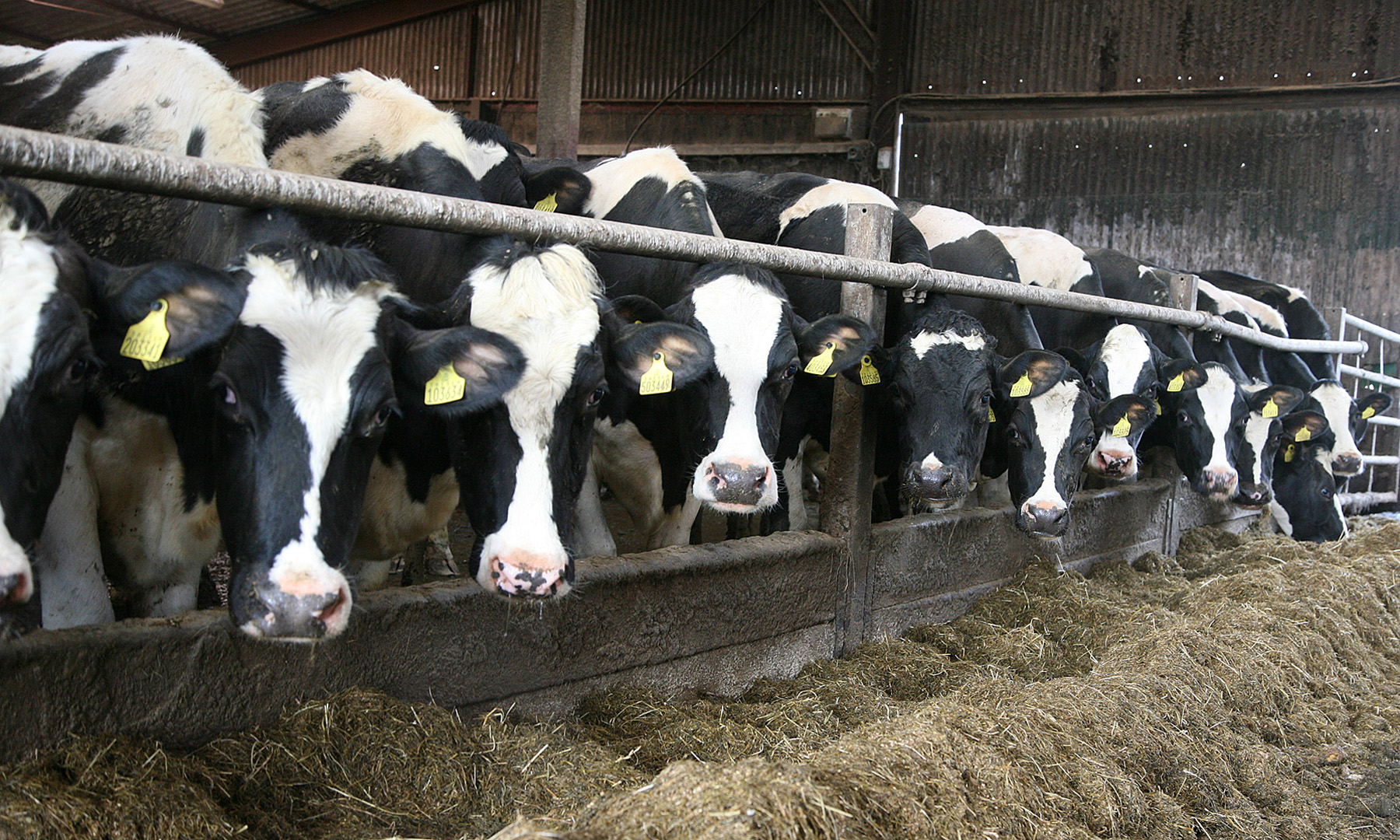How can additives influence silage quality?
In general an additive will not increase the nutritional value of a silage above that of the original crop but can increase it relative to an untreated silage, eg due to reduced losses of more digestible nutrients. Some enzyme-based additives claim to increase the nutritional value above that of the original crop due to direct fibre digestion.
 Fermentation quality can be significantly affected by the use of a silage inoculants. Those aimed at improving fermentation make it faster and more efficient fermentation, resulting in more palatable silages and lower losses. Good silages would have a low pH, low ammonia-N (less than 10% total N) and a high ratio of lactic acid to VFA (LA:VFA). An exception to this is silages treated with an additive containing Lactobacillus buchneri as such silages will have a higher pH and lower LA:VFA ratio due to them undergoing a secondary fermentation of lactic acid to acetic acid, a weaker acid.
Fermentation quality can be significantly affected by the use of a silage inoculants. Those aimed at improving fermentation make it faster and more efficient fermentation, resulting in more palatable silages and lower losses. Good silages would have a low pH, low ammonia-N (less than 10% total N) and a high ratio of lactic acid to VFA (LA:VFA). An exception to this is silages treated with an additive containing Lactobacillus buchneri as such silages will have a higher pH and lower LA:VFA ratio due to them undergoing a secondary fermentation of lactic acid to acetic acid, a weaker acid.
Inoculants that help achieve a faster fermentation to a lower final pH will minimise the risk of a clostridial secondary fermentation so there will be little change in the fermentation parameters during storage. Some inoculants, eg L. buchneri, also influence aerobic stability by producing antifungal compounds such as acetic acid. Antifungal chemical preservatives, such as sorbate, propionate and benzoate can also be applied.